Thermal stress, the physiological strain caused by the body’s effort to regulate temperature, is often an overlooked health metric. While the body is designed to handle short-term thermal stress, chronic or unchecked exposure can lead to severe health consequences, ranging from fatigue to life-threatening illnesses. Understanding the risks and recognizing early warning signs is essential for maintaining long-term health and well-being. By monitoring thermal stress with tools like Mij™, individuals can take proactive steps to prevent these risks and optimize their physical and mental performance.
The Hidden Dangers of Chronic Thermal Stress
When the body experiences repeated or prolonged exposure to thermal stress, it triggers a cascade of physiological responses that, over time, can have detrimental effects. Research highlights several long-term risks associated with chronic thermal stress:
1. Cardiovascular Strain
- Chronic thermal stress increases heart rate and blood pressure as the body works to dissipate heat. Over time, this added strain can contribute to cardiovascular conditions such as hypertension and arrhythmias (Sawka et al., 2011).
- A study in the American Journal of Physiology found that prolonged exposure to heat stress impairs blood vessel function, increasing the risk of heart disease (Minson, 2008).
2. Fatigue and Burnout
- Thermal stress depletes the body’s energy reserves, leading to chronic fatigue. This is especially common in individuals exposed to high temperatures during physical exertion or those working in hot environments (Nybo et al., 2014).
- Persistent fatigue can lead to reduced cognitive performance and mental burnout, affecting daily productivity and quality of life.
3. Impaired Immune Function
- Elevated core body temperature suppresses immune responses, making the body more susceptible to infections and illnesses (Gleeson, 2007).
- Heat stress also promotes inflammation, which, if left unchecked, can lead to chronic conditions like arthritis or autoimmune disorders.
4. Sleep Disruptions
- High nighttime body temperatures disrupt sleep cycles, reducing the time spent in restorative deep and REM sleep stages (Kräuchi & Deboer, 2011).
- Chronic sleep deprivation caused by thermal stress has been linked to an increased risk of diabetes, obesity, and mental health disorders (Van Cauter et al., 2008).
5. Heat-Related Illnesses
- Without proper cooling mechanisms, the body risks developing heat-related illnesses such as heat exhaustion and heat stroke. These conditions can have fatal consequences if not addressed promptly (Casa et al., 2010).
Why Monitoring Thermal Stress Matters
Thermal stress does not develop overnight; it builds gradually, often without obvious symptoms until significant damage has occurred. Monitoring thermal stress allows individuals to identify early warning signs and take preventive action. Here’s why tracking thermal stress is essential:
1. Early Detection of Hidden Stress
- Real-time monitoring helps detect physiological changes before symptoms manifest, enabling proactive measures to reduce strain.
- For example, tracking core body temperature and heart rate variability (HRV) can reveal when the body is under excessive thermal load.
2. Optimizing Recovery and Performance
- Monitoring thermal stress ensures that the body has fully recovered after intense physical activity. This prevents overtraining and promotes sustainable performance gains.
- Athletes using thermal stress data can adjust training intensity and recovery strategies to avoid burnout.
3. Preventing Chronic Conditions
- By addressing thermal stress early, individuals can reduce the risk of developing long-term conditions such as cardiovascular disease, chronic fatigue, and autoimmune disorders.
- Monitoring stress trends over time provides valuable insights into lifestyle factors that may be contributing to heat-related strain.
How Mij™ Can Help Prevent Long-Term Risks
Mij’s™ advanced thermal stress tracking technology empowers individuals to take control of their health by providing insights into their body’s temperature regulation. Here’s how Mij works:
1. Real-Time Thermal Stress Monitoring
- Mij™ tracks core body temperature to identify periods of elevated thermal stress.
- Instant feedback allows users to make immediate adjustments, such as hydrating or taking breaks.
2. Personalized Recommendations
- Based on thermal stress data, Mij™ provides tailored suggestions to improve recovery, optimize sleep, and manage daily activity levels.
- Users can receive alerts when their body shows signs of chronic strain, prompting lifestyle changes before serious consequences arise.
3. Long-Term Trend Analysis
- Mij™ analyzes historical data to identify patterns and trends in thermal stress, offering insights into how stressors like work, exercise, and environmental conditions affect overall health.
- These insights help users make informed decisions to balance their workload, recovery, and well-being.
Actionable Steps to Manage Thermal Stress
- Track Your Body’s Heat
- Use wearable technology like Mij™ to monitor daily activities.
- Pay attention to patterns that may indicate cumulative thermal stress.
- Stay Cool and Hydrated
- Drink water consistently throughout the day to support thermoregulation.
- Use cooling strategies, such as fans, cold showers, or breathable clothing, to reduce heat load.
- Incorporate Rest and Recovery
- Ensure proper recovery after physical activity by monitoring post-exercise cooling rates.
- Schedule rest days when thermal stress levels remain elevated.
- Optimize Your Environment
- Maintain an ideal room temperature for sleep and work (60-67°F for sleep environments).
- Avoid heavy meals and intense exercise close to bedtime to minimize nighttime overheating.
Take Control of Thermal Stress Before It Controls You
Ignoring thermal stress can have profound consequences for your health, but the risks are preventable with the right tools and strategies. By monitoring thermal stress with Mij™, individuals can detect early signs of strain, optimize their recovery, and reduce the risk of chronic conditions. Whether you’re an athlete, a professional, or someone looking to improve overall health, taking control of thermal stress is a critical step toward long-term well-being.
Start listening to your body today. With Mij™, you can stay ahead of stress and unlock a healthier, more balanced life.

